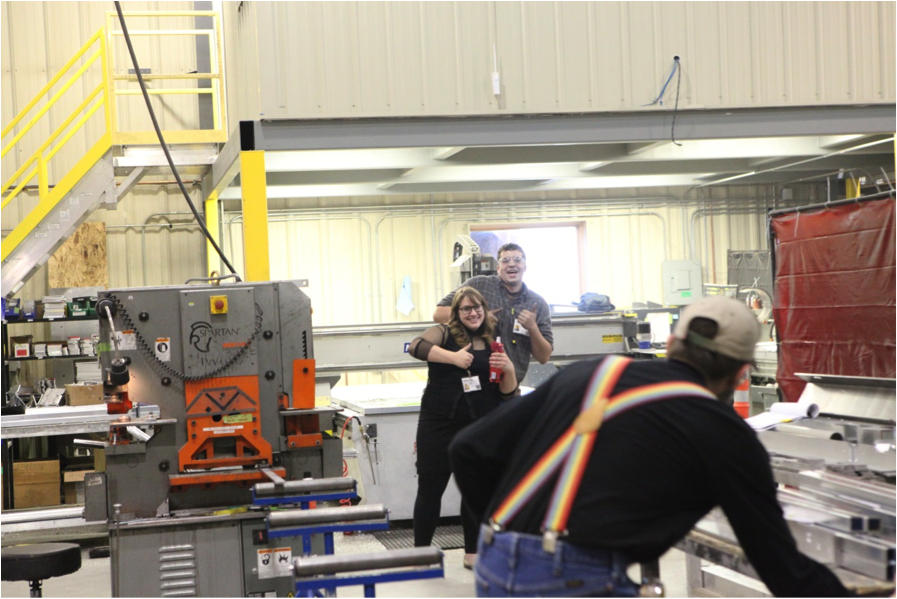This blog post is the first of three in a series and is excerpted from an excellent article I recently received written by Bekhi Spika of Spika Welding in Lewistown. An abbreviated version is presented here with her permission.
You may have heard that US manufacturers are facing a shortage of skilled workers — a shortage so severe that in 2011, 600,000 jobs went unfilled. What’s the big deal, you ask? Plenty of kids graduate from high school and college each year. Surely they’ll fill that gap.
Actually, they won’t unless we do something about it. As a 2011 report by Deloitte and The Manufacturing Institute discovered,
- with Baby Boomers approaching retirement, 50% of the current manufacturing workforce will be putting down their tools and picking up their margaritas within the next 10-15 years!
- Despite the fact that 70% of Americans view manufacturing as the most important industry for a strong economy and national defense, and despite the fact that 90% of all manufacturing jobs have medical benefits with average wages upwards of $70K…
- Youth between 18-24 ranked manufacturing as only the 5th industry in which they would choose to begin their careers, trailing behind technology, energy, healthcare, and communications, and leading only financial services and retail.
With the need for workers so great, and the benefits of working in manufacturing so apparent, what are the steps we can take to bulk up the skilled workforce in our industry?
1. Remind Kids That Manufacturing Is “Sexy”
Honestly, our young workforce is idling in the stubborn misperception that manufacturing is stuck in the early 1900s with dangerous working conditions, dark buildings and dirty environments.
But as Time Magazine pointed out in an article last year, “Today’s U.S. factories aren’t the noisy places where your grandfather knocked in four bolts a minute for eight hours a day. Dungarees and lunch pails are out; computer skills and specialized training are in, since the new made-in-America economics is centered largely on cutting-edge technologies.”
Manufacturing companies are defined by creating new products either directly from raw materials or components. This means bakeries, candy stores, and custom tailors are all part of manufacturing. You can be a welder, sewer, medical appliance technician, jeweler, dental laboratory technician or water treatment worker among many, many other positions. Montana’s manufacturing positions alone run the gamut from Spika’s need for machinists for maintenance platforms to Red Oxx’s sewers of sturdy luggage to Great Harvest’s bread bakers.
We need to encourage people who want hands-on, innovative positions that don’t require them to sit at a computer all day to come into manufacturing. Manufacturing is, above all, a skill and in some instances, an art. And it’s sexy.
Stay tuned for the next two posts, which discuss more ways we can close the skills gap in today’s workforce.
To learn more about opportunities for pursuing a technical degree in manufacturing, check out our last post on the Gianforte Manufacturing Scholarships.

